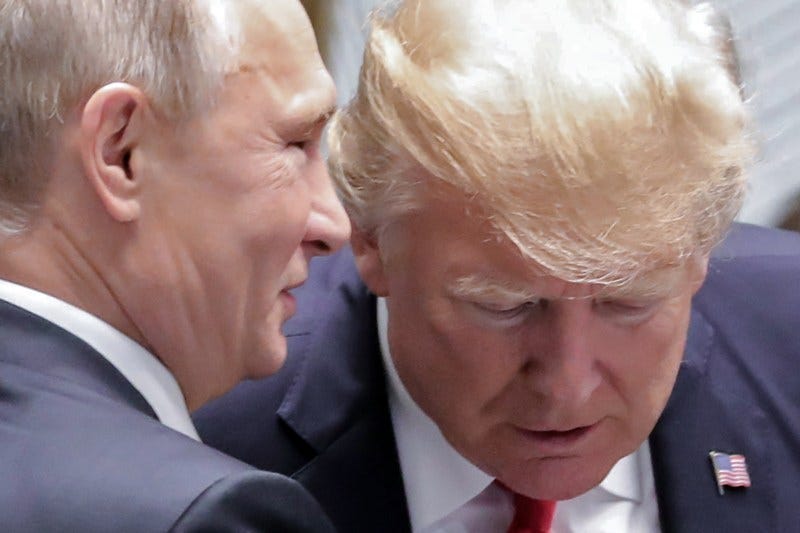Vladimir Putin: America’s Adversary and the Threat of a New Alliance
Mounting Alliances Against NATO
In recent years, Russian President Vladimir Putin has actively worked to forge alliances that challenge the influence of NATO and the Western world. Putin’s strategy involves strengthening ties with countries such as Iran and China, creating a bloc that stands in opposition to Western policies and interests. This coalition represents a significant shift in global power dynamics and poses a direct threat to the United States and its allies.
Russia’s Geopolitical Maneuvering
Under Putin’s leadership, Russia has engaged in numerous activities aimed at undermining Western democracies. These actions include cyber-attacks, disinformation campaigns, and military interventions. By aligning with nations that share anti-Western sentiments, such as Iran, which is often at odds with the United States over issues like nuclear proliferation and regional dominance, and China, which seeks to expand its global influence and counteract U.S. policies, Putin is building a robust counterforce to NATO.
Trump’s Alignment with Putin’s Interests
Former President Donald Trump’s actions and rhetoric have frequently aligned with Putin’s goals, raising concerns about his motivations and allegiances. Trump’s repeated questioning of NATO’s relevance, his praise for Putin, and his administration’s controversial foreign policies have often seemed to mirror the Kremlin’s interests. Notably, Trump’s handling of the Ukraine situation, where he withheld military aid in exchange for political favors, played directly into Russia’s strategy of destabilizing Ukraine and weakening Western unity.
The Ideological Symbiosis
The ideological similarities between Trump’s America First agenda and Putin’s nationalist policies create a troubling synergy. Both leaders emphasize strongman tactics, a disdain for international norms, and a preference for bilateral deals over multilateral cooperation. This convergence is not just coincidental; it reflects a broader trend of authoritarianism and populism that threatens democratic institutions globally.
The Dangerous Implications
The alignment of Trump’s policies with Putin’s objectives is alarming for several reasons:
Erosion of Democratic Norms: Trump’s attacks on democratic institutions, such as the press and the judiciary, echo Putin’s methods of consolidating power by weakening checks and balances.
Undermining Alliances: Trump’s skepticism towards NATO and his transactional approach to foreign policy undermine the collective security framework that has maintained global stability since World War II.
Empowerment of Authoritarian Regimes: By cozying up to autocrats and dismissing human rights concerns, Trump has emboldened leaders like Putin, making the world a more dangerous place.
Standing Against America’s Enemy
If the policies and rhetoric of a leader align more closely with a foreign adversary than with traditional allies and democratic values, it raises fundamental questions about their true allegiances. Supporting or excusing such behavior can be seen as tacitly endorsing the actions and ideologies of America’s enemies.
Conclusion: Where Do You Stand?
The stakes are high. Vladimir Putin represents a direct threat to American interests and democratic values. Aligning with his strategies, either directly or indirectly, undermines the very foundations of American democracy. As citizens, it’s crucial to critically evaluate where one’s support lies. If you stand with America’s enemy, what does that make you? The answer to this question could define the future trajectory of the United States and its role in the world.


